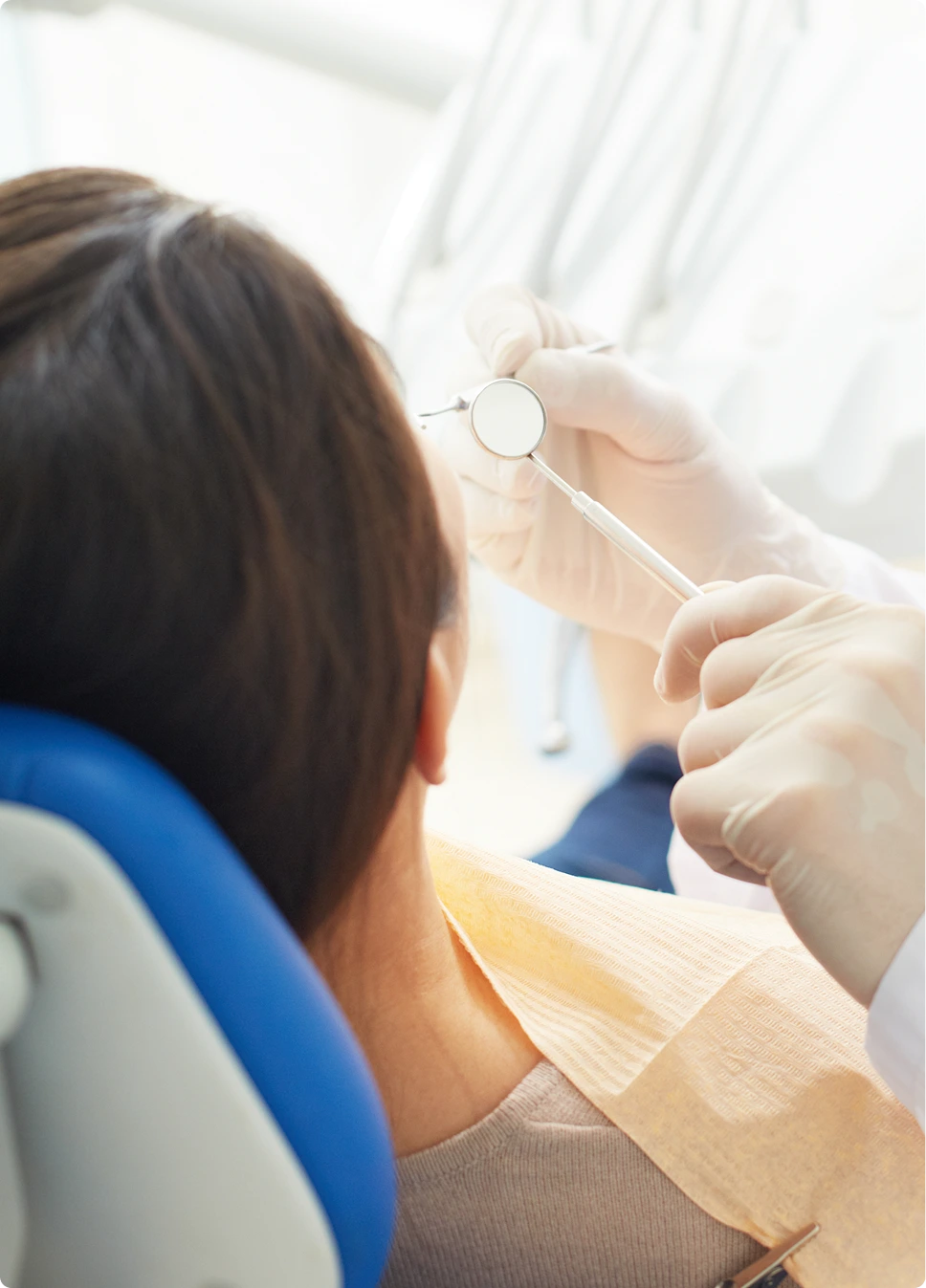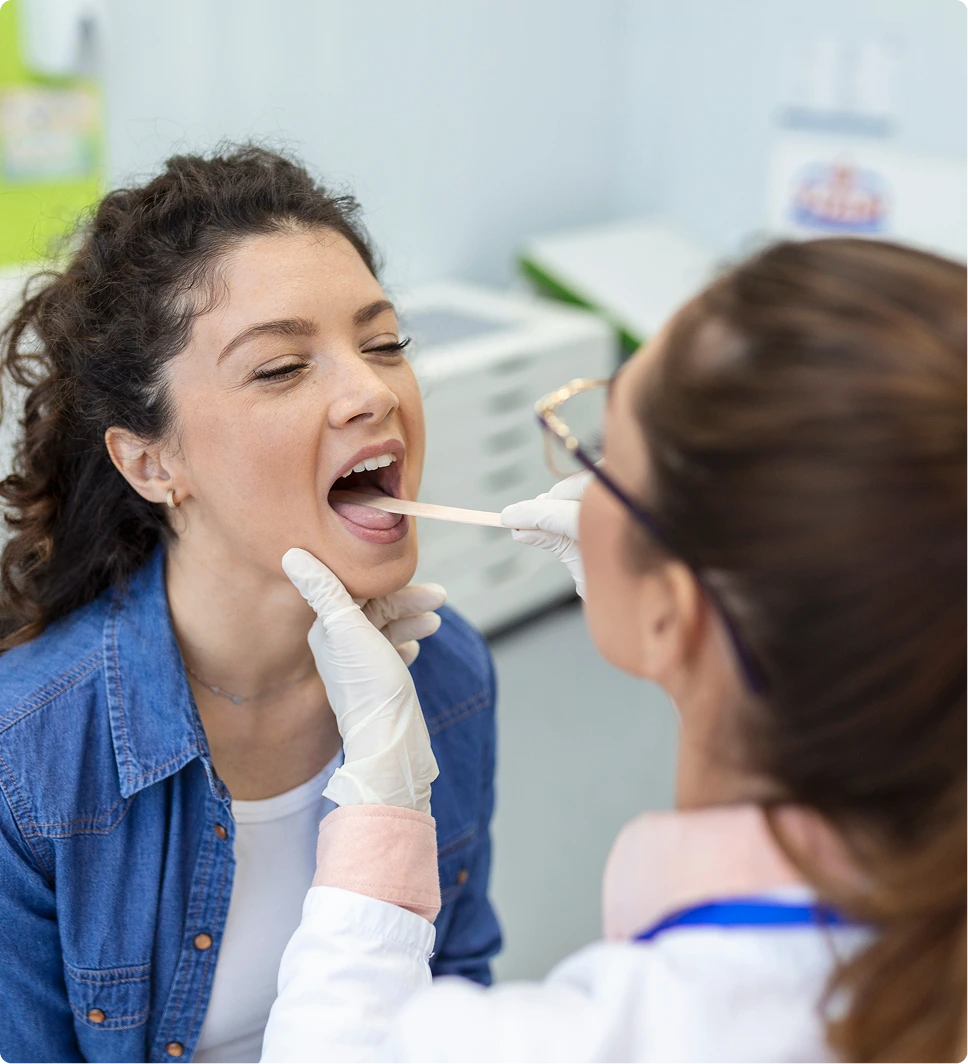

We recommend a monthly oral cancer self-examination. If you think you may be experiencing one of these symptoms or have additional questions about oral pathology, contact our Denver office immediately.

Certain groups of patients are more likely to require oral cancer screening based on specific risk factors and medical history. Age and lifestyle choices often influence candidacy, guiding us in identifying who should undergo regular evaluations. Typical candidates for oral cancer screening include:
Cherry Creek Oral Surgery approaches oral cancer screening with a deep commitment to the overall well-being of each patient. Led by Dr. John Nesiba, a triple-board-certified surgeon with extensive expertise in facial reconstruction and cosmetic surgery, our practice emphasizes precise, non-invasive screenings designed to detect issues early without unnecessary discomfort. Our compassionate team tailors treatments to address immediate concerns and support long-term health. This thoughtful integration of advanced skill and patient-centered care defines the experience at Cherry Creek Oral Surgery.
